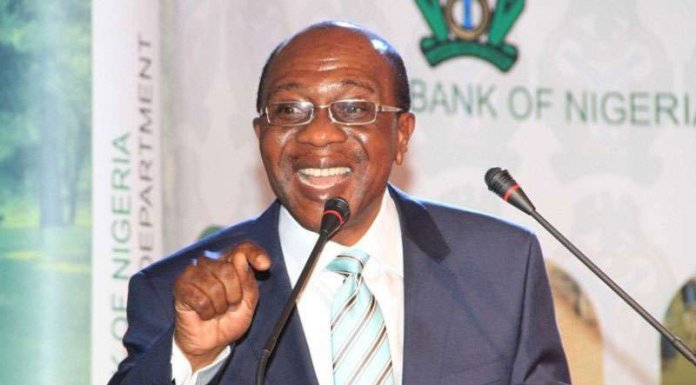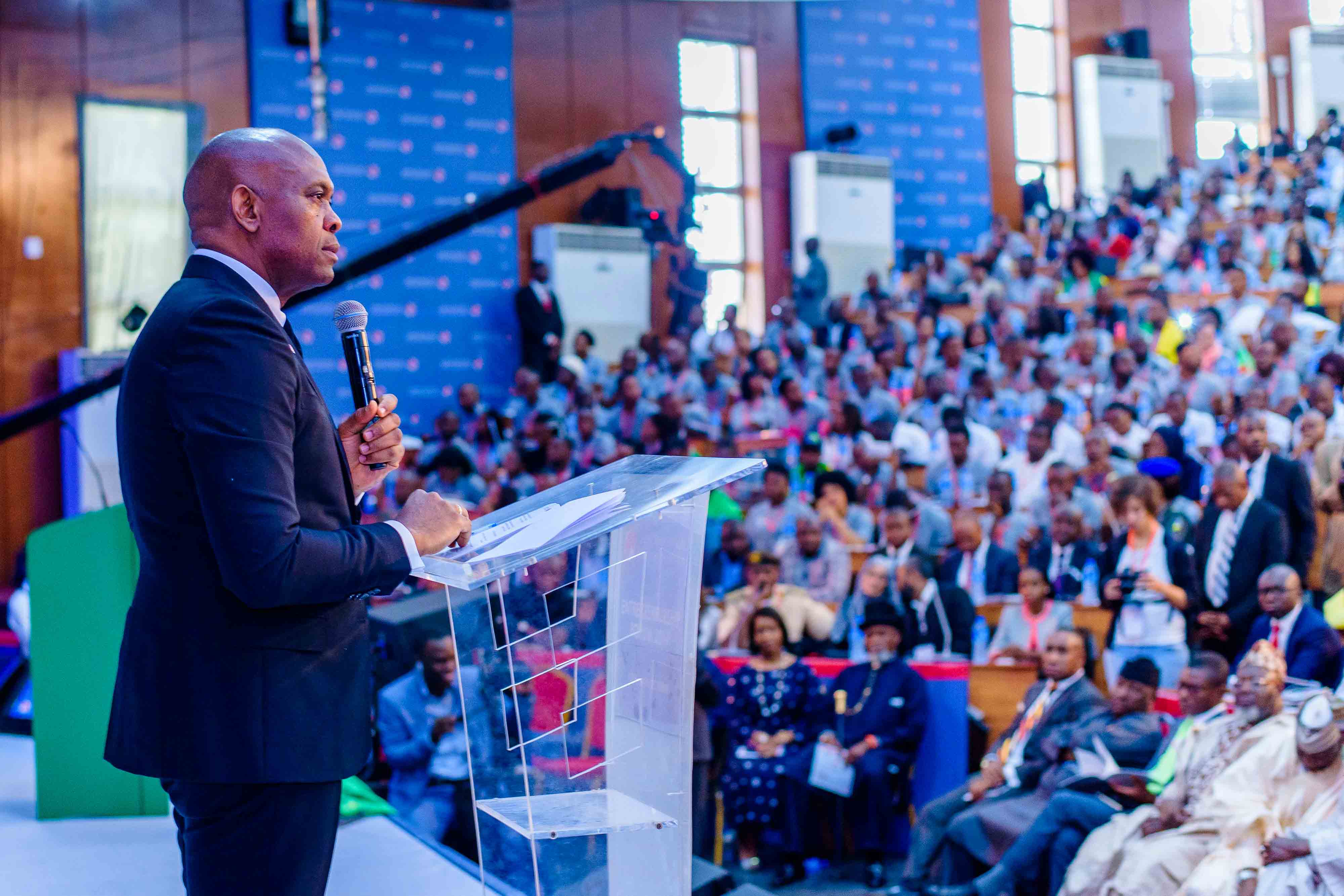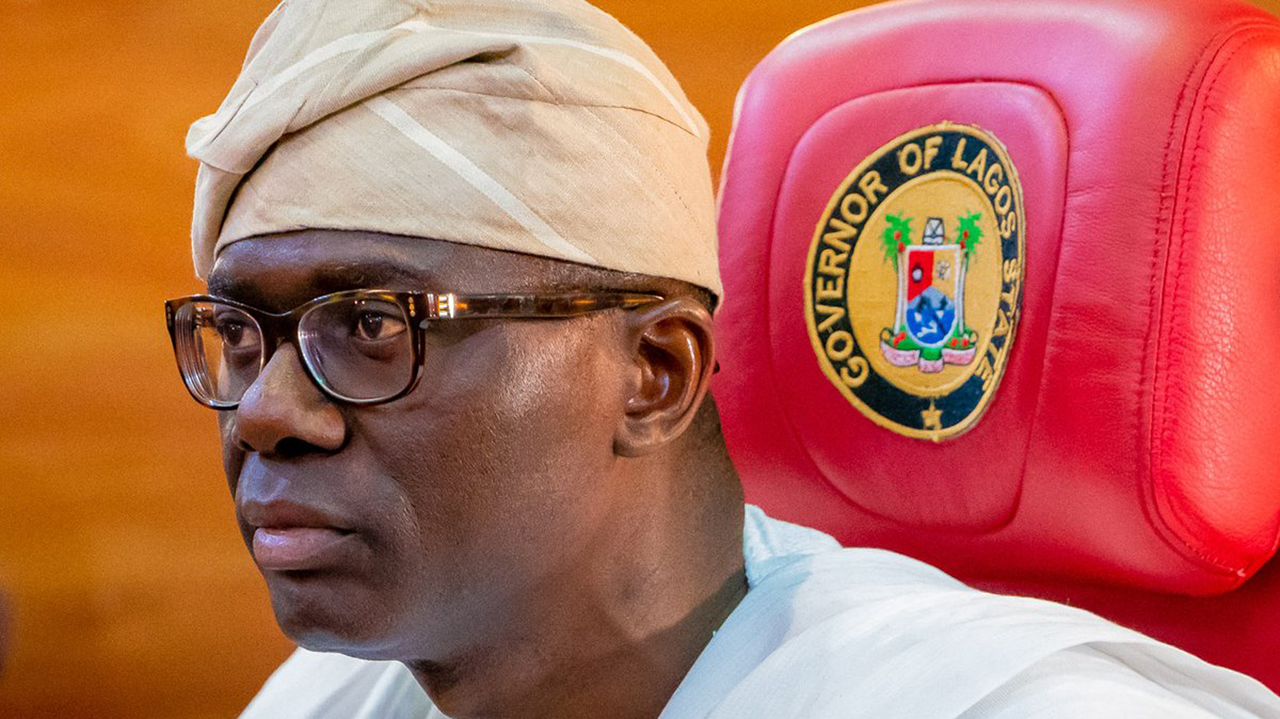The Monetary Policy Committee (MPC) of the Central Bank of Nigeria (CBN) is expected to hold its last meeting of the year on the 21st and 22nd of November.
As in prior meetings, the Committee is faced with the decision of holding or hiking the Monetary Policy Rate (MPR) further at a time global central banks are marching on with their interest rate hiking cycle despite the increasing risks to growth. Therefore, we expect the Committee to assess the domestic and global economic environment in the context of developing key economic and financial indicators since its last policy meeting in September. In our view, the absence of a significant shock to economic activities since the previous meeting will provide respite that the economy likely maintained its steady growth path in Q3-22. Thus, we believe the preceding will give the Committee a reason to maintain its fight against the stubbornly-high inflationary pressures, more so that a continued negative real interest rate could dampen domestic investments and undermine the local currency’s stability. Moreover, the more hawkish rendition from global central banks also supports the Committee towing the same path to reduce external pressures. Thus, we think a further tightening of the policy rate is necessary to re-anchor inflation expectations which an econometric study by the CBN shows is the most significant driver of actual inflation in Nigeria, according to one of the Committee members. Consequently, we think a further interest rate hike is likely at the meeting. Accordingly, we expect the Committee to raise the MPR by an additional 100bps.
Domestic Economy Likely Maintained its Growth Trajectory in Q3-22
Although the CBN has stopped publishing PMI survey results, we highlight from the September meeting statement that the composite PMI fell to 47.2 points in August (July: 50.4 points). Although there has been some disconnect between the composite PMI and actual economic growth in the past few quarters, we acknowledge that domestic economic activities are likely to have slowed down in Q3-22 compared with Q2-22, but growth remained positive. Given the persistent crude oil production volume decline, we imagine the oil sector contracted for the 10th consecutive quarter, dragging the overall growth. At the same time, the non-oil sector is likely to have grown slowly in Q3-22, reflecting the production bottlenecks associated with local currency pressures, high energy costs and elevated inflationary pressures.
Overall, the economy is likely to have grown slowly by 2.90% y/y in Q3-22 compared with the 3.54% y/y growth recorded in Q2-22. Accordingly, we expect the Committee to express the comfort that the domestic economy remains resilient given the sustained growth trajectory. Thus, the Committee will remain optimistic that the ongoing monetary and fiscal interventions in critical growth-enhancing sectors will help consolidate and sustain the output recovery. Notwithstanding, we expect the Committee to note the headwinds posed by the lingering Russia-Ukraine conflict and tightening global financial conditions.
Price Pressures Remain Intact but Closer to a Peak
Consumer prices maintained their uptrend for the ninth consecutive month, notching higher by 31bps to 21.09% y/y in October as existing challenges remain intact amid the impact of base effects from the prior year. On the one hand, food prices (+39bps to 23.72% y/y) remain at a 17-year high, underpinned by the (1) unfavourable base effects from the prior year, (2) increased flooding incidents and (3) lingering structural challenges impeding food supply. On the other hand, the core inflation increased by 16bps to 17.76% y/y. Coupled with the low base effect from the prior year, the price pressures synchronised neatly with the (1) intermittent PMS scarcity witnessed during the review period, (2) stubbornly high gas and energy prices, (3) lingering currency pressures and (4) build-up of higher naira liquidity as the campaign season starts.
Therefore, we expect the Committee to remain concerned about the persisting inflationary pressures, given that the reported flooding incidents are likely to limit food supplies over the short term. However, the Committee is expected to take solace in the slower pace of price increase since the last meeting and urge the CBN to maintain its tightening stance to consolidate the success attained so far. Overall, as in previous meetings, we expect the Committee to urge the fiscal authority to sustain its real sector interventions and take decisive steps in tackling the structural challenges limiting food production in the country.
Local Currency Weakness Remain Intact
Foreign investors remain on the sidelines given the lingering lack of FX reforms, higher global interest rates and weak macroeconomic narrative. In addition, CBN’s FX supply to the different FX market segments remains significantly below pre-pandemic levels. In contrast, the demand for the greenback remains high as market players continue to source for FX to fulfil and clear their outstanding obligations. Consequently, since the last policy meeting, the local currency depreciated by 2.4% to NGN446.67/USD at the official market (IEW) as of 16 November. Elsewhere, the gross FX reserves depleted by 3.1% to USD37.18 billion (as of 14 November) since the last policy meeting, reflecting sustained CBN’s FX interventions, albeit significantly below pre-pandemic levels, more so that inflows to the reserves have been limited. As a result, the FX reserves have declined by 8.2% or USD3.34 billion year-to-date.
We expect the sustained FX reserve depletion to be a cause of concern at this meeting, given how the reserve is now declining beyond the comfort levels of the CBN. Notwithstanding, we expect the Committee to highlight that it is committed to maintaining its periodic FX intervention and call on the fiscal authorities to intensify their efforts to ensure higher crude oil production over the short-to-medium term.
Global Central Banks Maintain their Monetary Policy Tightening
Although inflation (7.7% y/y in October vs September: 8.2% y/y) softened in the US, statements from the Fed’s officials show that they remain resolute in their message that inflation is still far above their 2.0% target and more work needs to be done to bring inflation towards this level. Moreover, at the November post-meeting press conference where the Fed increased the federal funds rate’s target range further by 75bps to 3.75% – 4.00%, the Fed’s chairman struck a more hawkish tone highlighting that the terminal rate is being assessed higher than was projected in September. However, the pace of rate hikes may slow from December. Similarly, the MPC of the Bank of England (BoE) increased the key policy rate to a 14-year high, voting to hike the bank rate by 75bps to 3.00%. The Committee highlighted that further increases in the Bank Rate might be required for a sustainable return of inflation to target, albeit to a peak lower than priced into financial markets. Elsewhere, the Governing Council of the European Central Bank (ECB) increased the interest rate on the Deposit Facility and Main Refinancing Operations by 75bps apiece to 1.50% and 2.00%, respectively. At the same time, the interest rate on the Marginal Lending Facility was also increased to 2.25%. Accordingly, borrowing costs are now at their highest level since December 2008. Like the US and UK, the Governing Council expects to raise interest rates further to ensure the timely return of inflation to its 2% medium-term inflation target.
Based on the preceding, we believe the persistent hawkish rendition among global central banks will be a major theme of discussion at this meeting, given that tighter global financing conditions induce investors to ‘retreat’ and eschew opportunities outside the advanced economies. Consequently, we think the Committee will be concerned about the negative impact of capital outflows on the external sector, increasing the urge to introduce measures to send positive signals that it is intentional about bringing down inflation.
MPC to Raise Rates by an Additional 100bps
On a balance of factors, we now expect the MPC to raise the MPR further by 100bps, given the continued hawkish rendition of global central banks amid a comfortable level of domestic growth and persistent inflationary pressures.









